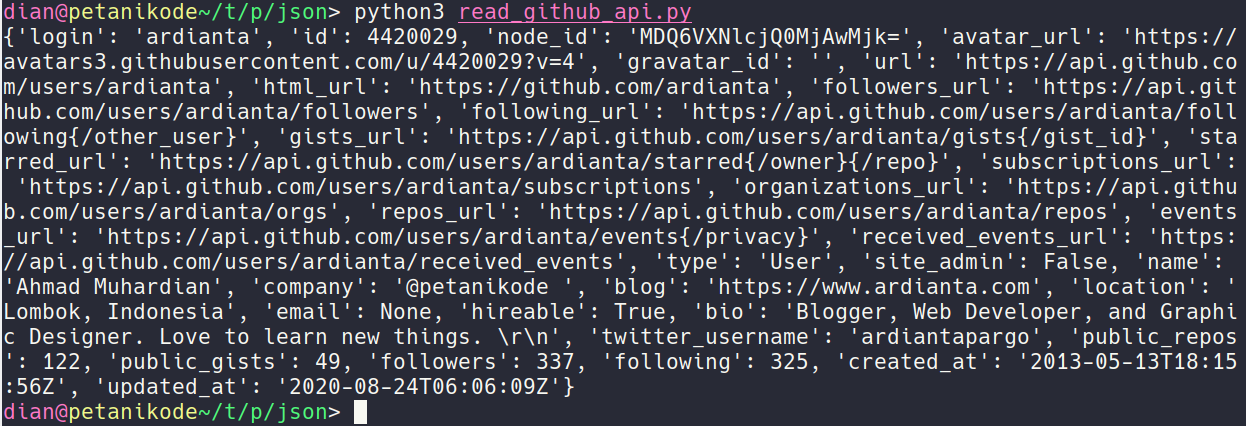
Apache Arrow defines a language-independent columnar format for flat and hierarchical data, and brings the following advantages:

Also, performance-wise, lots of the time spent in an ELT process is around converting data from one format to another, so we wanted to take a step back and see if we can avoid this famous XKCD (by building yet another format): For example, in database to database replication, we needed to support many more types, including nested types. This served us well, but we started to hit limitations in various use-cases. Why Arrow?īefore Arrow, we used our own type system that supported more than 14 types. In Arrow terminology, these are a schema and a record batch. So to recap, the source plugin sends mainly two things to a destination: 1) the schema 2) the records that fit the defined schema. The destination plugin can then easily create the schema for its database and transform the incoming data to the destination types. Source plugins extract information from APIs in the most performant way possible, defining a schema and then transforming the result from the API (JSON or any other format) to a well-defined type system.
#JSON QUERY GITHUB PYTHON CODE#
This is crucial to allowing the addition of new destinations and updating old destinations without requiring updates to source plugin code (which otherwise would introduce an unmaintainable architecture). Sources and destinations are decoupled and communicate via gRPC. # The caller asked for subset of the attributes (assuming first level attributes only) # The caller asked to return all attributes
#JSON QUERY GITHUB PYTHON FULL#
""" Do http call and return the full response as dict or a subset of the response """ import requestsĭef get_github_activity_attributes(url, attributes=): Print "stargazers_count",finalresultĬreating a function that will take care for different combinations of requested attributes. To get a webpage you would do something like the following: r = requests.get('') That is exactly what the Requests library has been designed to do. When you ping a website or portal for information this is called making a request.
#JSON QUERY GITHUB PYTHON DOWNLOAD#
Of course, to do any of this – installing the library included – you need to download the necessary package first and have it accessible to the interpreter. You can do this simply by adding the following code at the beginning of your script: import requests To work with the Requests library in Python, you must import the appropriate module. To reiterate, Requests is a Python library. Think of modules as a sort of code template. They are truly standalone, so you can build your own programs with them and yet they remain separate from other programs. Libraries are important because you load a module and take advantage of everything it offers without explicitly linking to every program that relies on them. These elements are often referred to as modules and stored in object format. In programming, a library is a collection or pre-configured selection of routines, functions, and operations that a program can use. It also allows you to access the response data of Python in the same way. With it, you can add content like headers, form data, multipart files, and parameters via simple Python libraries. Requests will allow you to send HTTP/1.1 requests using Python. Don’t worry if that made no sense to you.

This means you don’t have to manually add query strings to URLs, or form-encode your POST data. It is designed to be used by humans to interact with the language. Requests is an Apache2 Licensed HTTP library, written in Python. First things first, let’s introduce you to Requests.


 0 kommentar(er)
0 kommentar(er)
